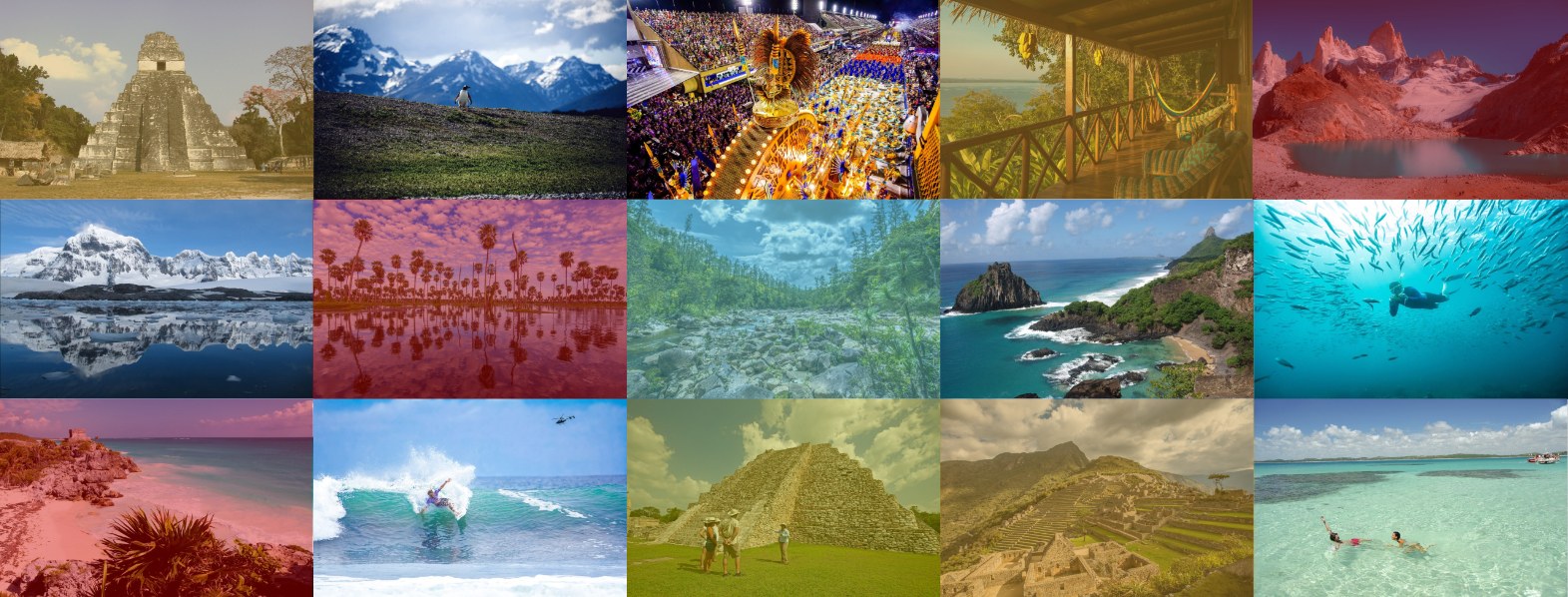The tiny settlement of Tortuguero lies along the Northern Caribbean coastline of Costa Rica just 50 miles or so from the port city of Limon. While there are plenty of things to do in the paradisal spot which is known for its tropical rainforest-backed golden sand beaches and shallow, turquoise waters, most come in season to catch of glimpse of the turtles who haul themselves onto the beach to lay their eggs safely in the sand. In fact, even the name translates to ‘Region of Turtles’.
Tortuguero Beach is one of the most important sites in the world for turtle nesting and sees hundreds of green, leatherback, loggerhead and hawksbill turtles returning year-on-year to nest on the same stripe of sand.
Unfortunately, during the ‘60s, the green turtle came dangerously close to extinction with much of the population caught and sold for the black market in turtle soup. Thankfully, an organization was set up to monitor the marine creatures every year and the population has grown since, in part due to the establishment of the Tortuguero National Park in the early ‘70s which helped to protect them.

When are the nesting seasons?
While nesting season can be hard to predict and changes with each species, typically green turtles lay their eggs between July and mid-October, while leatherback turtles visit between February and June. Some of the other species like the hawksbill can be very unpredictable and an encounter with one such nesting female is uncommon.
What does turtle nesting tour look like?
When deciding on a tour company to use, ensure that they are a responsible operator who is licensed and comes with an expert guide. It’s not possible to simply view the protected turtles by yourself, for obvious reasons.
Groups are typically no more than 8 people and private tours are common. After being picked up from your accommodation, you’ll be taken to the nesting sites which usually involves passing through several access points.
When you arrive on the beach, your guide will look out for sightings of turtles emerging from the sea. Once they do, you can watch as the female uses her flippers to drag themselves up over the sand to a safe spot. Then your guide will likely lead you closer to watch while she digs deep into the sand creating a large hole to deposit her eggs. As calmly as she arrived, the female turtle then brushes the sand back over her precious eggs and clambers back along the sand to the sea.
Who would enjoy the tour?
If you’re a wildlife enthusiast, it’s should be one of the most amazing encounters you can have. Watching nesting turtles isn’t just for those interested in wildlife though. Most find the experience to be a magical one including children.
Things to remember
By coming in season, you have a much better chance at capturing a nesting turtle, though like all wildlife watching, there are no guarantees. Giving yourself a couple of days will be your best bet if it’s an important part of the trip. Always listen to the instructions of your guide. They aren’t just there to show you a good time – their main job is to protect the endangered turtle species.
RELATED: 11 Experiences You Can Have In Costa Rica
Ready to organise your turtle nesting tour? Want to plan your next trip to Costa Rica? Get in contact with one of our Latin American travel experts on +44 (0) 207 407 1478 or email us here.

